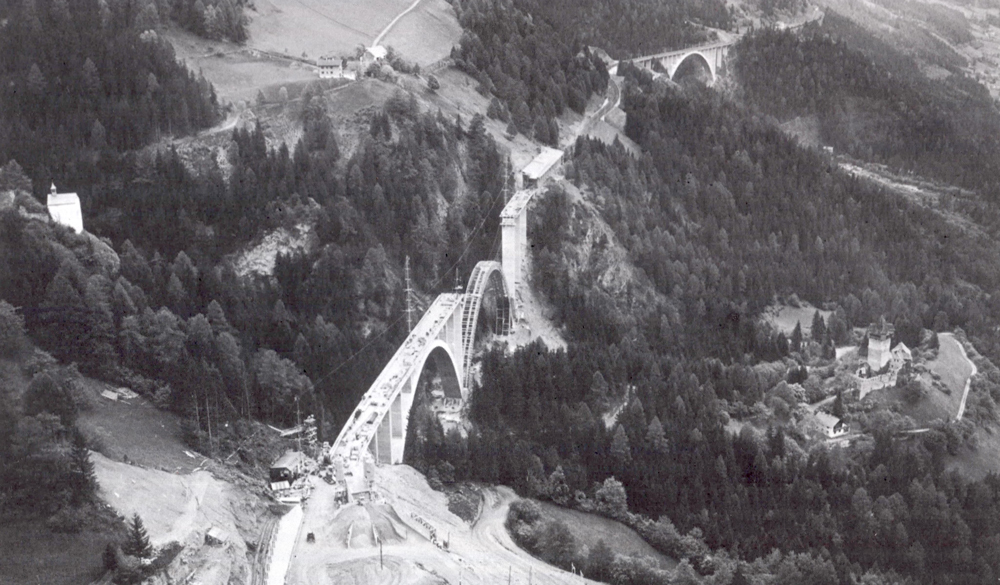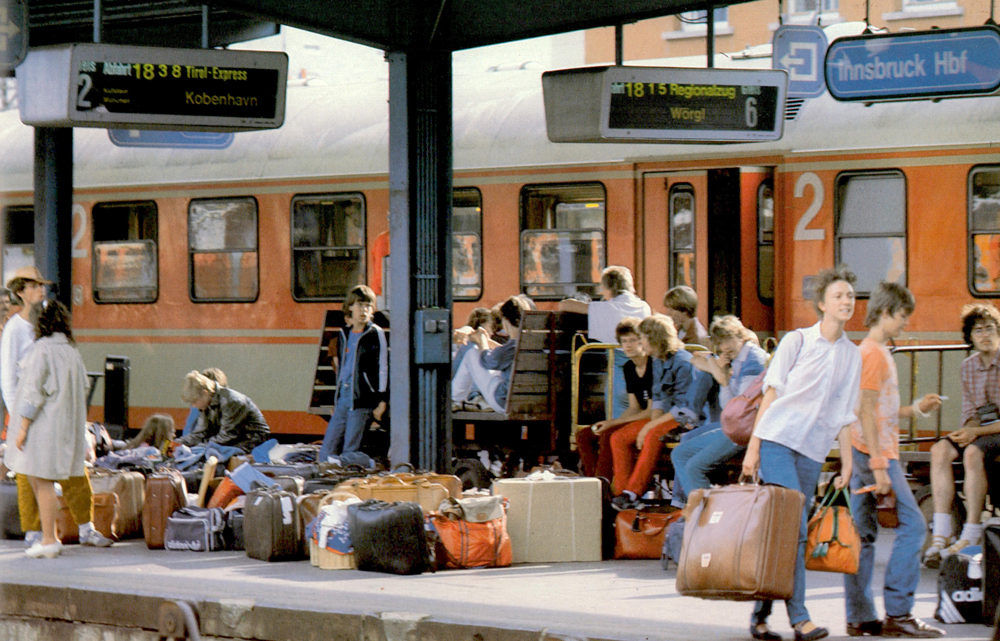
1970-1995
Expansion
Expansion, new stations and timetables – and Interrail.



Since 1972, there has been the international train ticket allowing young people to travel through Europe at an all-inclusive price.
Interrail was indeed a small revolution for young, travel-loving people. This international travel ticket was launched on 1 March 1972 to celebrate the 50th anniversary of the International Union of Railways.
With this ticket, young people could travel Europe by rail in 2nd class carriages – for 30 days at an all-inclusive price. Numerous ferries were also included in the multi-page ticket booklet, in which every route travelled was documented. Over the decades, the Interrail fare regulations have changed several times, but the ticket is still popular today.
Interrail was more than just a cheap ticket for young people. It was a door opener and, for many people, it made travelling through Europe possible for the first time.
What was illusory before, namely to cross the continent from north to south and from east to west on a small budget, to immerse oneself in foreign cultures and get to know other people, became a long-awaited reality for many. Cross-national communities and friendships were formed; stories were written on these journeys that remain unforgettable.
It took Austria until 1995 to join the EU, but the connection to Europe was already very much in practice – even if passports were still checked at the borders.

Cover photo: Summer passenger traffic at Innsbruck station, 1983.
Unless otherwise indicated, the image rights are held by © ÖBB Infra.